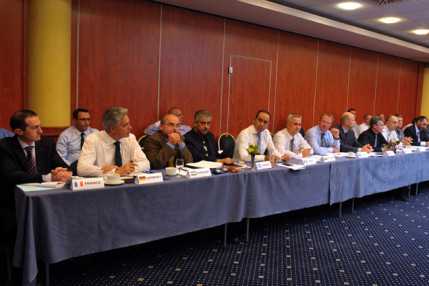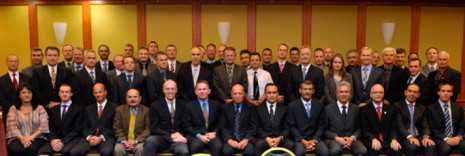Missile Defence Capabilities in Focus
Szöveg: Ádám Draveczki-Ury | 2012. szeptember 27. 9:16The drafting group of the NATO Air and Missile Defence Committee (NATO AMDC) held its autumn plenary conference and annual workshop session in Budapest.

“Every member state contributes the assets it has to the NATO Integrated Air and Missile Defence System (NATINAMDS), Lt.-Col. Ferenc Szepesi, the senior officer at the HDF Joint Force Command (HDF JFC) Air Operations and Training Directorate told us. “Hungary is lucky because it has radars, surface-to-air missile and tactical fighter forces as well as command systems, whereas a number of old and new member states lack one or other of these. I can mention Slovenia and the Baltic States as well as Island and Luxemburg among the older member states. In these countries, the Alliance provides the missing capability and carries out a range of tasks, primarily those related to Air Policing (AP)". Under the agreements reached at NATO’s Summit in Chicago this May, Hungary can join the Baltic Air Policing mission in a few years.
The Hungarian representative of the drafting group told us that the present conference is of key importance with regard to anti-ballistic missile activities, that is, missile defence (to use the technical term), as the Alliance had declared in Chicago that NATO has an interim ballistic missile defence capability which it intends to use within the NATO Integrated Air Defence System, so its designation has changed to NATO Integrated Air and Missile Defence System. “Apart from certain partial capabilities of some member states, the United States of America was the only country within the Alliance to possess missile defence capabilities. Following a long series of talks, NATO finally accepted the offered US missile defence capabilities, so the declared interim ballistic missile defence capability is now available to the Alliance, together with the just mentioned partial capabilities", Lt.-Col. Ferenc Szepesi told us.

Photo: Tünde Rácz